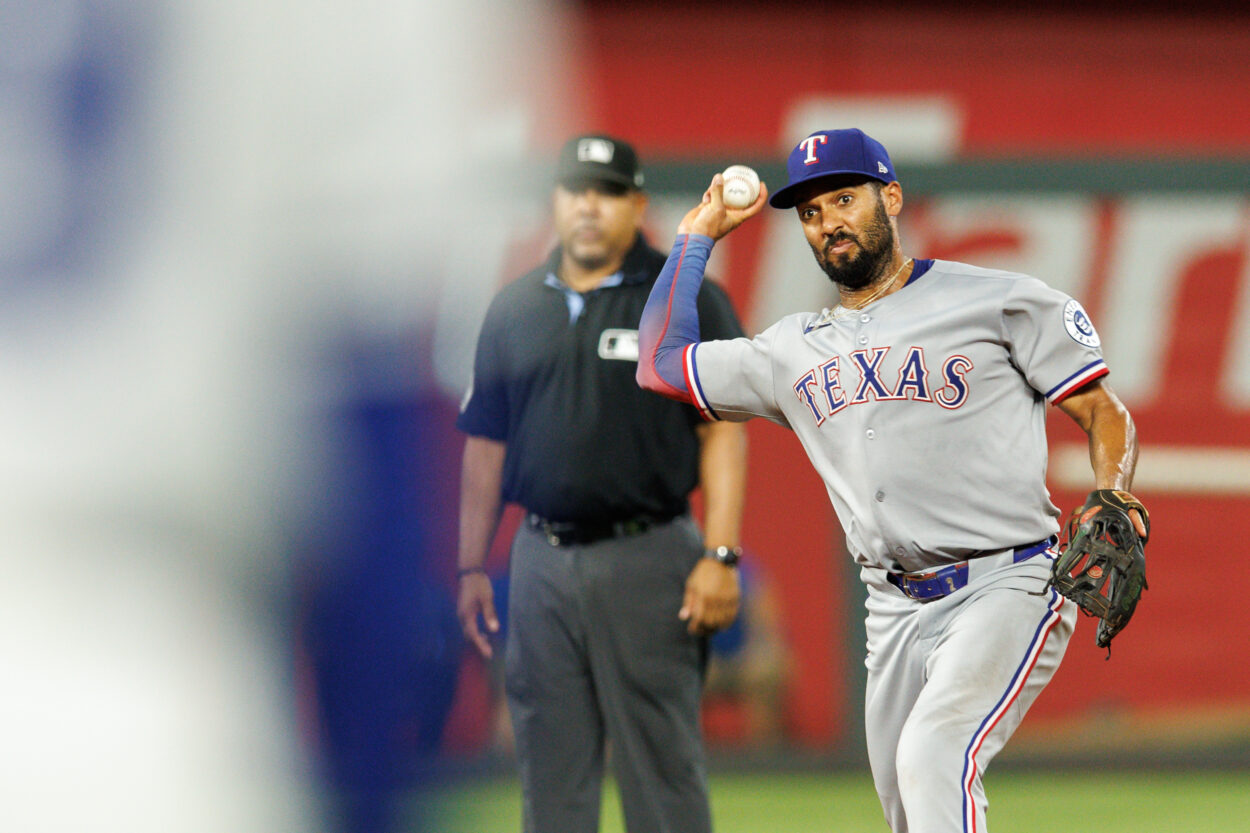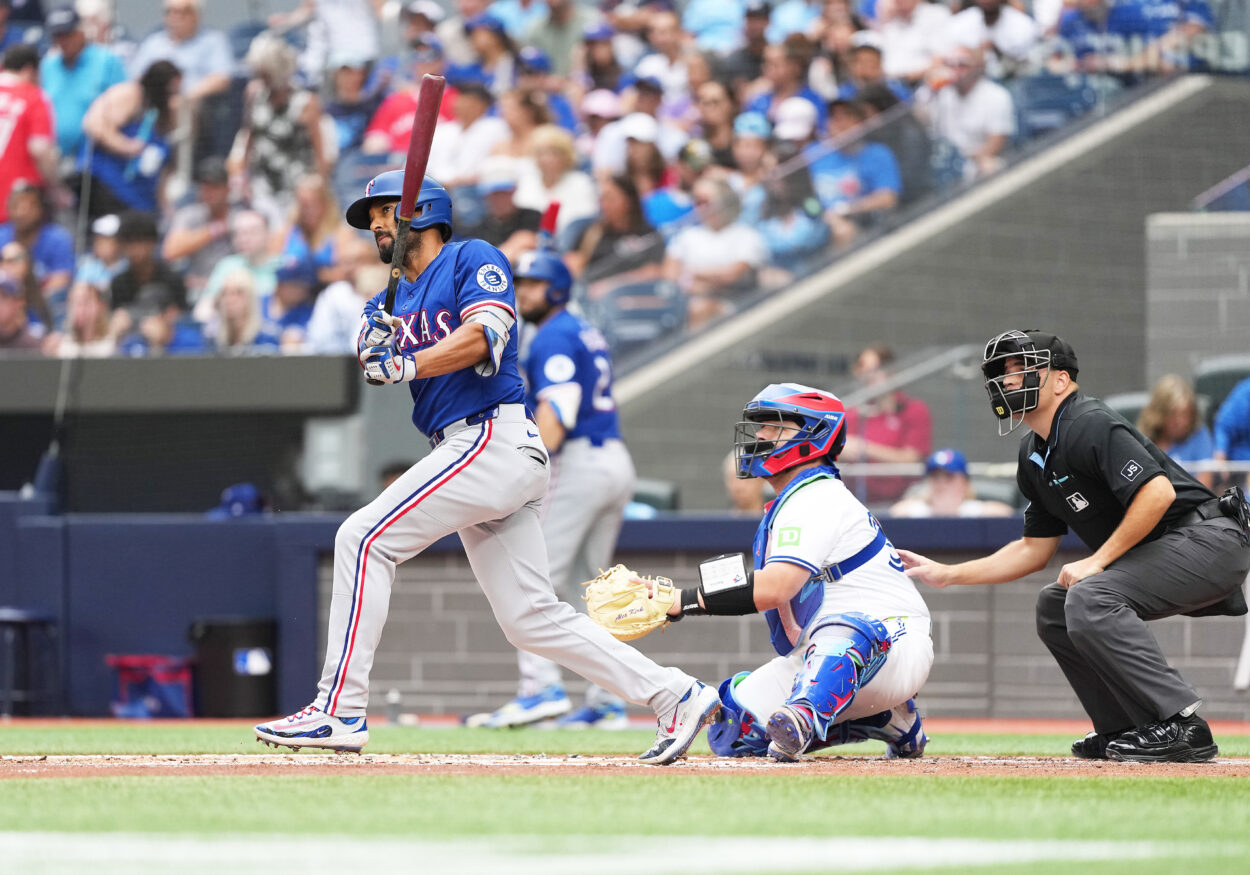
The first thing Marcus Semien mentioned after landing with the New York Mets wasn’t his resume or the change of scenery. It was the sting. Players don’t always admit when a season humbles them, but Semien leaned into it, almost welcoming the challenge. That alone tells you this era the Mets are stepping into will feel different from the one that just ended with Brandon Nimmo heading to Texas.
A New Chapter Built on Edges and Expectations
The Mets didn’t just trade a cornerstone outfielder. They swapped tone. Nimmo brought steadiness, predictability, a certain optimism that played well in Queens. Semien brings something else entirely. His words hinted at it, but his numbers confirm it: a chip on his shoulder, the kind that can be fuel when a player believes he hasn’t shown his best.
That motivation matters because his 2024 season wasn’t vintage Semien. Fifteen home runs in 121 games isn’t close to the power production he showed earlier in the decade, and an 89 wRC+ nudged toward uncomfortable territory for a hitter who once lived in MVP conversations. Still, New York isn’t betting on what he was last year. They’re betting on what he can still be.

Why Semien Fits the Mets’ Changing Identity
There’s a reason the Mets moved quickly to introduce him, even if it was over Zoom. Semien fits the vision. He might not be in his peak years anymore, but his floor remains useful and his ceiling is still enticing. He’s a three-time All-Star with 120 home runs across 2021 through 2024, and his defensive reputation continues to hold up under modern scrutiny. Five Defensive Runs Saved. Seven Outs Above Average. Those aren’t the marks of a player fading quietly.
He also stole 11 bases and crossed the plate 62 times last season, numbers that show he still finds ways to influence games even when the bat isn’t carrying him. The Mets need that versatility as they try to tighten up their run prevention without falling off a cliff offensively.
You could sense how much the environment matters to him. He called Queens the kind of market that wakes him up, and that kind of honesty plays well with fans who want more edge from their stars.
Early Work, Clear Goals, and the Stars Around Him
Semien didn’t waste time either. He’s already working with Jeff Albert, which should perk up the Mets fanbase. Albert’s reputation for swing efficiency and restoring underperforming hitters makes him one of the more influential figures in the organization. If Semien feels his bat is still MVP-caliber, Albert is the type of coach who won’t dismiss that belief outright.

And then came the name-dropping. Not the gratuitous kind, but the respectful kind players use when they understand exactly where they’ve landed. Francisco Lindor. Juan Soto. Semien didn’t hesitate to call them Hall of Fame candidates. That’s a rare statement in a sport that usually favors caution over praise. But he meant it, and he’s eager to play next to them.
What a Bounceback Would Mean for the Mets
If Semien returns to being a 25-20 presence with above-average offense, the Mets solve several problems at once. They get balance. They get reliability. They get an infield that becomes sturdier by the day. And they get a veteran who isn’t coasting on past seasons but actively trying to reclaim the version of himself that once made pitchers nervous.
This trade wasn’t just the end of something familiar. It was the start of something more jagged, more competitive, more urgent. If Semien responds the way the Mets believe he can, this gamble won’t feel like a gamble at all. It’ll feel like a pivot they needed to make, and maybe one that pulls them closer to contention again.
